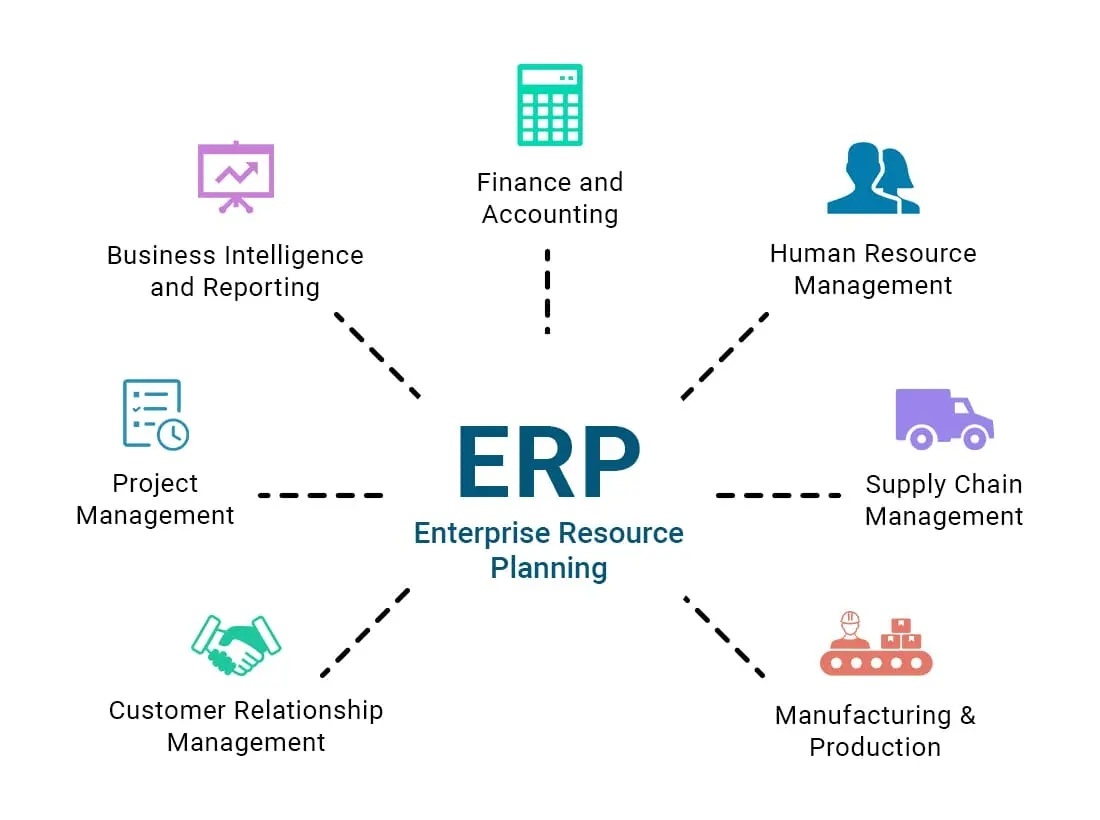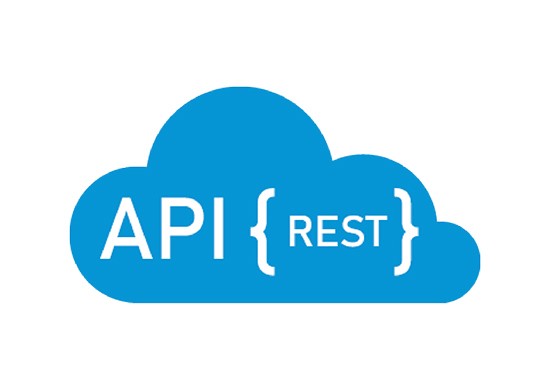Integrating third-party systems with Microsoft Dynamics 365 can significantly enhance functionality, improve data flow, and optimise business processes. However, integration projects often come with challenges that can derail timelines, increase costs, or limit the system’s potential. By being aware of common pitfalls, organisations can ensure a smooth integration process that delivers lasting benefits.
Here are five common mistakes to avoid when integrating third-party systems with Dynamics 365.
1. Ignoring a Comprehensive Requirements Assessment
One of the most common mistakes is diving into the integration without a clear understanding of business requirements and objectives. Without a detailed assessment, organisations risk missing critical features or creating a solution that doesn’t meet their needs.
What to Do Instead:
- Conduct a thorough needs analysis.
- Engage stakeholders to identify key processes and pain points.
- Document all integration requirements, including data fields, workflows, and reporting needs.
Key Principle:
Investing time in a detailed requirements assessment prevents costly rework later. Collaboration among stakeholders ensures the integration aligns with organisational priorities and delivers meaningful outcomes.
2. Failing to Plan for Data Mapping and Transformation
Data inconsistencies between systems can lead to errors, duplicate entries, or incomplete records. Many organisations underestimate the complexity of aligning data formats, structures, and fields.
What to Do Instead:
- Define data mapping rules early in the project.
- Cleanse and standardise existing data before migration.
- Use tools like Azure Data Factory or Power Automate to simplify data transformation processes.
Lesson Learned:
Data standardisation is the backbone of integration success. Ensuring that all data formats and structures are consistent eliminates bottlenecks and ensures a seamless exchange between systems.
3. Over-Customising the Integration
Over-customising the integration to accommodate edge cases can increase costs, extend timelines, and complicate future updates or maintenance.
What to Do Instead:
- Leverage out-of-the-box connectors and pre-built APIs where possible.
- Focus customisations on critical business needs rather than uncommon scenarios.
- Use Microsoft’s Dataverse to facilitate integration with minimal coding.
Tip:
Embrace simplicity by leveraging standardised tools. This not only reduces implementation time but also ensures long-term flexibility for system upgrades and future integrations.
4. Neglecting Security and Compliance Considerations
Integrating third-party systems introduces additional risks, such as exposing sensitive data or failing to comply with industry regulations like GDPR or HIPAA.
What to Do Instead:
- Evaluate security protocols for all connected systems.
- Implement encryption, role-based access controls, and monitoring tools.
- Ensure that the integration complies with relevant data protection regulations.
Key Principle:
A proactive approach to security and compliance safeguards your organisation from potential breaches and regulatory penalties. Prioritising data protection builds trust with clients and stakeholders.
5. Inadequate Testing and Monitoring
Skipping thorough testing can result in disruptions after go-live, including data mismatches, process failures, or system downtime.
What to Do Instead:
- Set up a dedicated testing environment to evaluate the integration before deployment.
- Perform end-to-end testing for all workflows, data flows, and edge cases.
- Use Azure Monitor or Application Insights to track performance and resolve issues proactively post-implementation.
Lesson Learned:
Thorough testing and continuous monitoring ensure the integration remains robust and responsive to changing needs. This reduces downtime and enhances user satisfaction.
Key Takeaways for Successful Integration
- Define Objectives Clearly: Ensure alignment between business goals and integration efforts.
- Standardise Data: Maintain consistent data mapping and quality to ensure reliable operations.
- Simplify Solutions: Leverage standard tools and limit customisations to critical needs.
- Prioritise Security: Protect sensitive data and comply with regulations proactively.
- Test and Monitor: Validate before deployment and continuously optimise post-implementation.
By avoiding these common mistakes, organisations can achieve a seamless and effective integration that maximises the value of Dynamics 365 and third-party systems.
How Finsys Apps Can Help
At Finsys Apps, we specialise in smooth Dynamics 365 integrations, leveraging tools like Azure Logic Apps, Power Automate, and Dataverse. Our expert team can guide you through every step of the process, from requirements gathering to ongoing support, ensuring a successful outcome.
Contact us today to discuss your integration needs and discover how we can help streamline your business operations.











